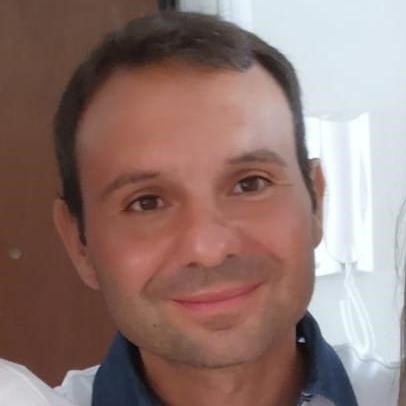Metal Ions in Organometallics, Polymer Science and Bioinorganics
A special issue of Inorganics (ISSN 2304-6740).
Deadline for manuscript submissions: closed (31 July 2023) | Viewed by 1978
Special Issue Editors
Interests: bioinorganic chemistry; synthetic chemistry; nucleic acid chemistry; spectroscopic studies; computational studies; environmental chemistry
Special Issues, Collections and Topics in MDPI journals
Special Issue Information
Dear Colleagues,
Metal ions are of great relevance in the realms of chemistry, organometallics, polymer science, biology, and environmental chemistry. Metal complexes, also referred to as coordination compounds, find a cornucopia of applications in the development of the most diverse technological materials as well as of therapeutics. Metal ions play a key role in the inorganic chemistry associated with organometallic compounds. These are compounds containing at least one chemical bond between a carbon atom of an organic moiety and a metal, and have been intensely used for industrial chemical reactions, as well as in the role of catalysts to increase the rates of specific reactions aimed at the attainment of polymers and pharmaceutical compounds, to cite only a few examples. It is well known that metal ions play a key role in biology, determining both the structure and function of fundamental biomolecules, such as proteins and nucleic acids, for example stabilizing the quadruple helical DNA (quadruplex). Even though metal ions are known to play a crucial role in proper functioning of living matter, environmentally heavy metal ions, when present in large amounts in aqueous systems, are dangerous for aquatic life and human beings. Therefore, the relationship between metal ions and human activities and health appears particularly complicated but, due to the enormous perspectives offered by their usage in materials science and chemicals development, they deserve special attention and further investigation.
In this Special Issue, we wish to focus on the novel experimental and theoretical approaches utilizing metal ions, with particular attention being paid to the fields of organometallics, polymer science, and bioinorganic chemistry. However, contributions to the inorganic and environmental chemistry, as well as biomolecular investigations on protein–metal ion and nucleic acid–metal ion interactions, and peptide aggregation are also welcome, as they could improve the overall knowledge with regard to the metal-based science at the interface between inorganic chemistry and (nano)materials science/pharmaceutical applications. Other themes of interest are those with computational chemistry applied to inorganic, polymeric, and biological systems when metal ions are significantly implied in the research.
This Special Issue is open to the submission of both original articles and reviews that describe research and ideas on themes related to this issue of new applications and developments in metal ion-based science.
Dr. Giovanni N. Roviello
Prof. Dr. Antonio Roviello
Guest Editors
Manuscript Submission Information
Manuscripts should be submitted online at www.mdpi.com by registering and logging in to this website. Once you are registered, click here to go to the submission form. Manuscripts can be submitted until the deadline. All submissions that pass pre-check are peer-reviewed. Accepted papers will be published continuously in the journal (as soon as accepted) and will be listed together on the special issue website. Research articles, review articles as well as short communications are invited. For planned papers, a title and short abstract (about 100 words) can be sent to the Editorial Office for announcement on this website.
Submitted manuscripts should not have been published previously, nor be under consideration for publication elsewhere (except conference proceedings papers). All manuscripts are thoroughly refereed through a single-blind peer-review process. A guide for authors and other relevant information for submission of manuscripts is available on the Instructions for Authors page. Inorganics is an international peer-reviewed open access monthly journal published by MDPI.
Please visit the Instructions for Authors page before submitting a manuscript. The Article Processing Charge (APC) for publication in this open access journal is 2700 CHF (Swiss Francs). Submitted papers should be well formatted and use good English. Authors may use MDPI's English editing service prior to publication or during author revisions.
Keywords
- metal ions
- organometallics
- polymer synthesis
- polymer characterization
- catalysis
- synthesis
- metal-ligand complex
- coordination complexes
- nanomaterials
- bioinorganics
- metalloprotein
- metal ion cofactors
- metal-based drugs
- computational chemistry
- metal/biomolecule interactions
- environmental chemistry
- heavy metal ions
- nanotechnology






